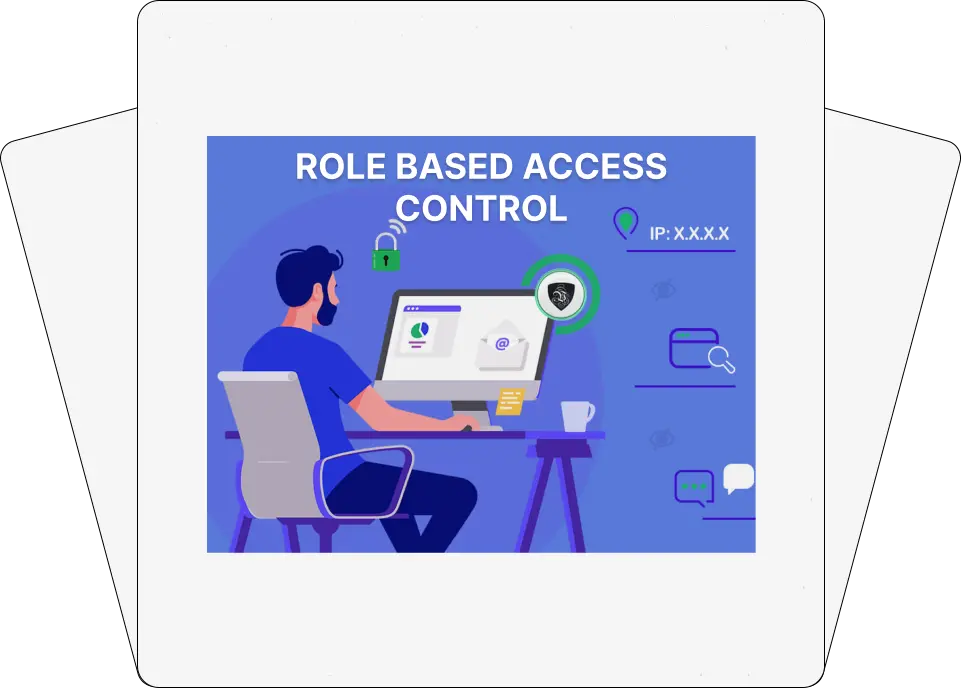The Admin Role is essential for managing users and systems. Admins oversee user accounts, including creation,
updates, and password resets. They configure system settings, enable features, and manage integrations for
optimized performance.
1 About Admin Roles
Website administrators and their permissions are key components of a website’s security. Admins are
the people you allow to log in to the back-end management area of your website. Roles are their
functions, and their permissions define what authorizations those functions have.
2 Importance of Admin Roles
Establishing these admin roles and specifying their permissions is important if you have other people
managing your website, such as newly hired employees, outside agents/contractors, a team of more
than 2-3 people, etc. Protect your website’s security and integrity by limiting your administrators’
back-end access.
3 How Admin Roles Work
As the website owner, you will first have the option to assign admin accounts to pre-made default
roles such as the ones listed below. Alternatively, you can create a new custom admin role, for
example, Billing Specialist. This admin role does not need access to every part of your website’s
back-end.
4User Account Management
Admins can create, update, deactivate, or delete user accounts. They are responsible for resetting
passwords, assigning roles, and resolving user-related issues, ensuring seamless access and
functionality for all users.



